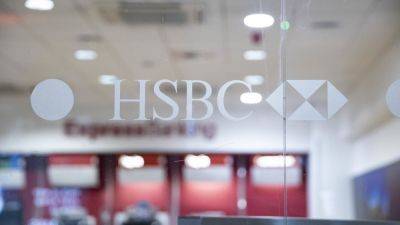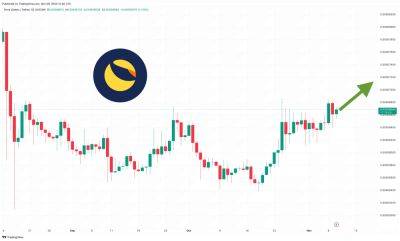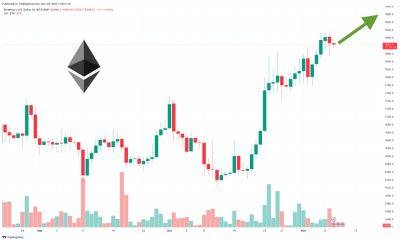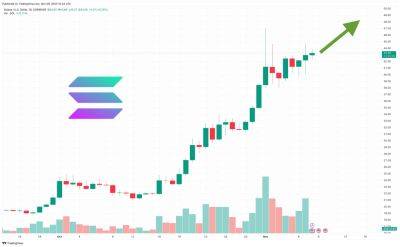Bitcoin crash pre-halving? Stablecoin metric that marked 2019 top flashes warning
Bitcoin (BTC) is at 17-month highs with just 164 days until the next Bitcoin halving event, alongside anticipation of a spot Bitcoin exchange-traded fund (ETF) approval in the coming months.
Yet, amid Bitcoin’s 106.38% year-to-date gains, the stablecoin supply rate oscillator (SSRO) has raised a major flag despite suggesting the beginning of a new bull cycle.
This stablecoin supply ratio metric, which acts as an important measure of the dominance of stablecoins vs. Bitcoin, has surged to a new all-time high at 4.13 on Oct. 25, according to data from Glassnode. Such a surge hints at a significant appetite for Bitcoin accumulation on-chain.
However, this also suggests that the purchasing power of stablecoins is at a relative all-time low.
Historically, this is the highest SSRO divergence since 2019, when it rocketed up to 4.12 on June 26 — exactly 320 days before the May 2020 halving.
The emergence of this same top signal on the SSRO this week could, therefore, precede a retracement period before the next halving event in April 2024.
Nevertheless, while the relative buying power is currently weak — and a local top like the one in 2019 is certainly possible — the larger implication is that high SSRO levels have also aligned with the start of bigger bull market cycles.
As a potential spot Bitcoin ETF approval tantalizes markets with implications for BTC’s price, one metric is painting a unique image of market sentiment, suggesting this Bitcoin rally could be different from 2019.
Namely, the reserve risk (RR) indicator, which measures the risk-reward incentives in relation to the current “HODL bank” and spot BTC price. As Glassnode puts it:
When the SSRO accelerated to similarly high levels in June 2019, the RR followed suit,
Read more on cointelegraph.com




















